1. The Frenzy of Communication Back Then
Do you remember the beginning of 2009,
when counterfeit phones were rampant,
and the market was mainly dominated by Symbian OS,
while the Little Smart (a type of phone) hadn’t exited the market yet,
and Android-based smartphones were gradually being introduced?
There was no Honor of Kings, let alone WeChat,
and Xiaomi’s MiTalk was still in a PowerPoint presentation;
back then, online chatting mainly relied on QQ,
and sending photos meant uploading them to QQ Space.
ZTE hadn’t been outpaced by Huawei to such an extent,
and 3G cameras had just been released.
After extensive coordination,
| Operator | 3G License | Merger Situation |
|---|---|---|
| China Mobile | td-scdma | Merged with TieTong to operate fixed-line services, shouldering the burden of China’s proprietary TD-SCDMA. |
| China Telecom | CDMA2000 | Acquired CDMA assets from China Unicom and merged with China Satcom. |
| China Unicom | WCDMA | GSM network merged with Netcom to form New Unicom. |
The three major operators achieved a superficial balance of power:
-
Unicom:
Secured the best standard WCDMA,
and collaborated with Apple (at that time, Apple only supported WCDMA),
when Steve Jobs launched the revolutionary product iPhone 4,
Unicom attracted a large number of users.
-
Telecom:
Fixed-line was dominated by Telecom,
and broadband was also of the best quality from Telecom,
CDMA2000 performed adequately, but the mobile side still relied on Little Smart;
-
Mobile:
Mobile was at a disadvantage,
with broadband being its weak point,
and TD-SCDMA speed crawling like a snail,
leading to a severe loss of customers.
This is why Mobile later fought hard to roll out 4G,
while Unicom ultimately failed to seize this life-saving window,
and a few years later, Mobile left its rivals far behind.
Along with the development of 2G/3G,
numerous small and medium-sized communication companies emerged in the early 2000s,
leading to a flourishing market,
but with the strong introduction of 4G,
many companies quickly fell.
That’s a story for another time.
ZDC (ZhidaKang) was born against this backdrop.
2. My Journey with ZDC
1. The History of ZDC
The introduction of the WiFi protocol 802.11n greatly enhanced wireless LAN transmission speeds,
and wireless communication devices (wireless bridges, wireless routers) became the solution for connecting the last mile to the Internet,
with a strong market demand for AP-based networking solutions.
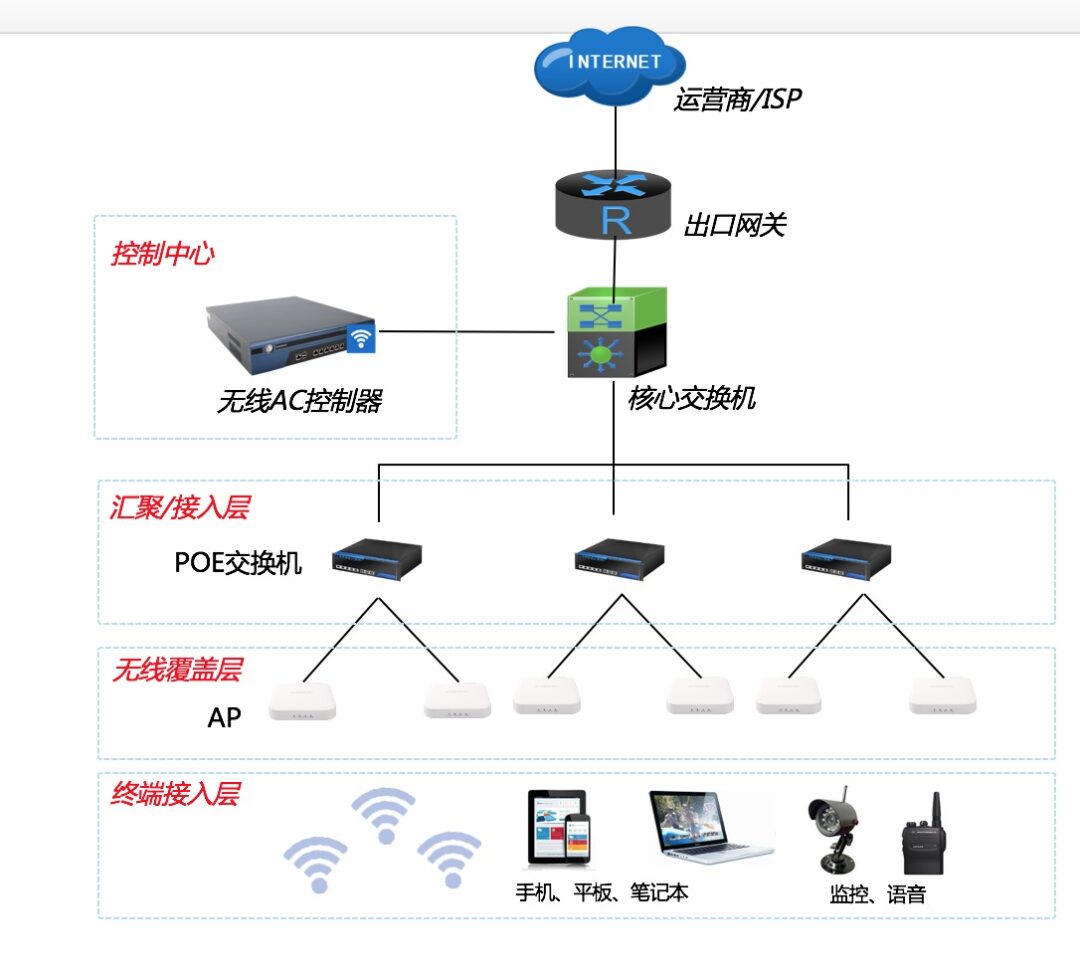
At the same time, as the cross-strait relations eased and exchanges became more frequent,
many Taiwanese entrepreneurs seized this rare opportunity,
coming to the mainland to invest and build factories.
In 1998, the R&D division of American Z-Square moved to Nanjing Pearl River Tower,
and in 2000, Nanjing ZhidaKang Wireless Communication Technology Co., Ltd. was established,
focusing on the wireless communication market.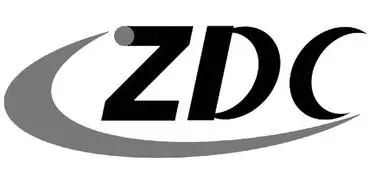
Under the leadership of Chairman Xie and General Gao,
the company seized the booming communication market during this wave of benefits,
and from 2005 to 2011, the company entered a period of rapid development.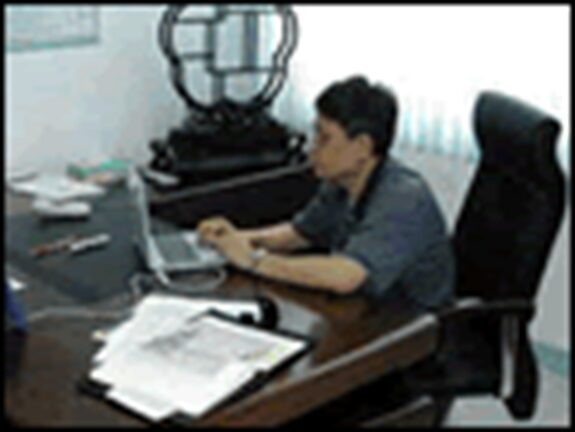
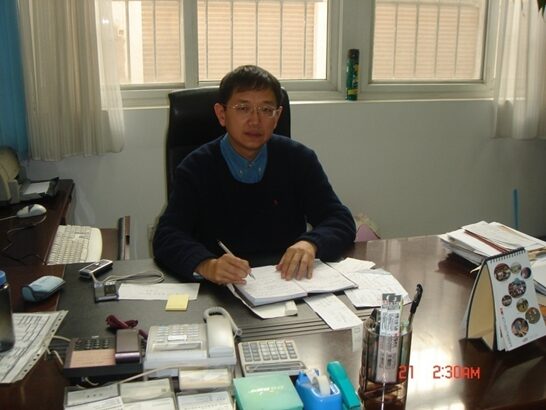
Developed numerous wireless communication products.
-
Telecom-grade rack-mounted WLAN AC controllers ZA-5000-WS200 and ZA-5000-WS300; -
China’s first WLAN tester ZI-T800 Pro+; -
WLAN network management system WNMS. -
Telecom-grade indoor installation dual-band 11n thin AP ZN-7100-2DH; -
Indoor single-band distribution type 11n thin AP ZN-7200-H500; -
Outdoor 11n thin AP ZN-7100-DE500; -
Outdoor regular single-band 11n thin AP; -
Indoor installation single-band 11n thin AP ZN-7100-E500; -
China’s first WLAN-focused network optimization gateway ZS-FC-2000; -
Smart outdoor base station ZG-1000-BS; -
Integrated 802.11n CPE ZN-7200-C and ZN-2000-C; -
Home wireless repeater ZN-2000-2H. -
High-capacity telecom-grade WLAN AC controller ZA-5000-WS800; -
Integrated dual-band high-power AP hardware platform ZW-3181; -
WQMS-WLAN service quality and user perception monitoring system; -
Outdoor base station ZN-7000-BS -
Network computing platform NCP-6231-A; -
Outdoor optical port base station ZN-7100-DE500-G and indoor optical port thin AP ZN-7100-2DH-G.
In 2009, moved to Xuzhuang Software Park, located near Suning headquarters (Suning headquarters had not yet begun construction),
and acquired its own office building.
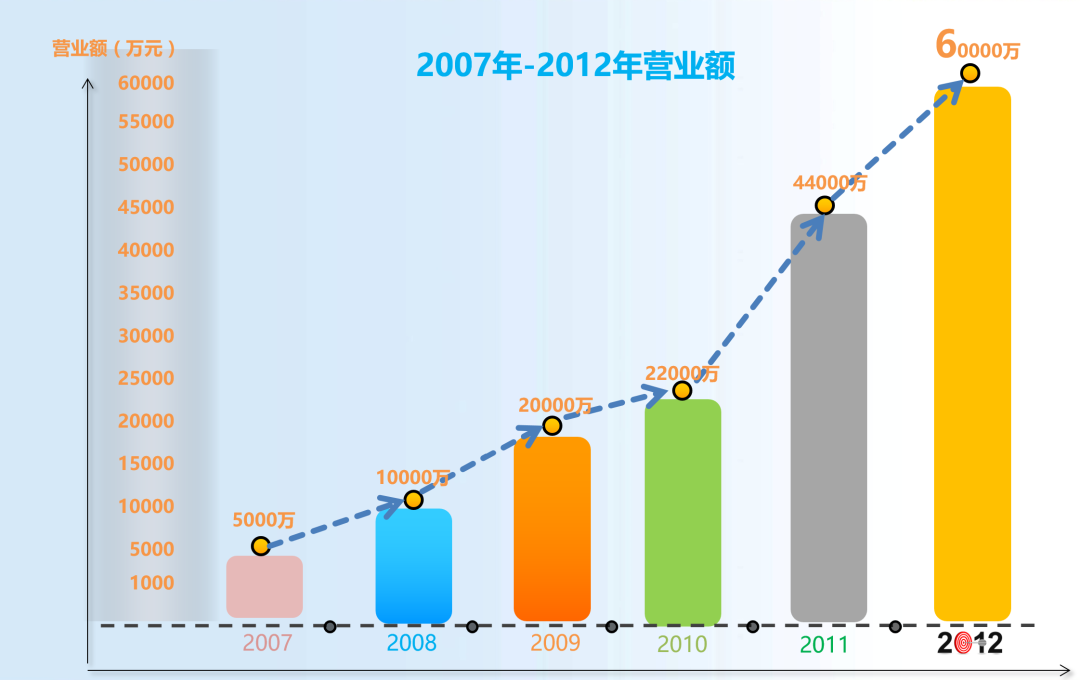
And finally went public in 2014.
“
Back then, the housing price around Xuzhuang was only over 7000!
”
Later due to various issues,
the company exited quietly.
2. Joining ZDC
I was very honored to join ZDC at its peak,
working on the R&D of wireless routers (WLAN).
It was during that time that I truly came into contact with Linux,
and I have been studying it ever since.
I still clearly remember during the interview, General Yin (who was still a minister at the time) asked me:
“What is your understanding of the prospects for wireless communication devices?”
Combining my experiences at ZTE over the past few years and my understanding of the communication industry,
I shared my thoughts:
“The operator market should always be dominated by ZTE and Huawei. Some niche markets may be left to smaller communication companies,
but wireless communication products will always have their market,
but the cake will not expand indefinitely; there will be a certain limit. I know the communication company market will be very unstable!”
Years have passed, and looking back at that scene,
it feels like just yesterday!
3. ZDC’s Corporate Culture
ZDC has a particularly good working atmosphere,
occasionally distributing daily necessities,
the quality of the items is absolutely guaranteed,
and some items I still use today,
such as purple clay cups, blankets, umbrellas, raincoats………
The company has its own union, gym, library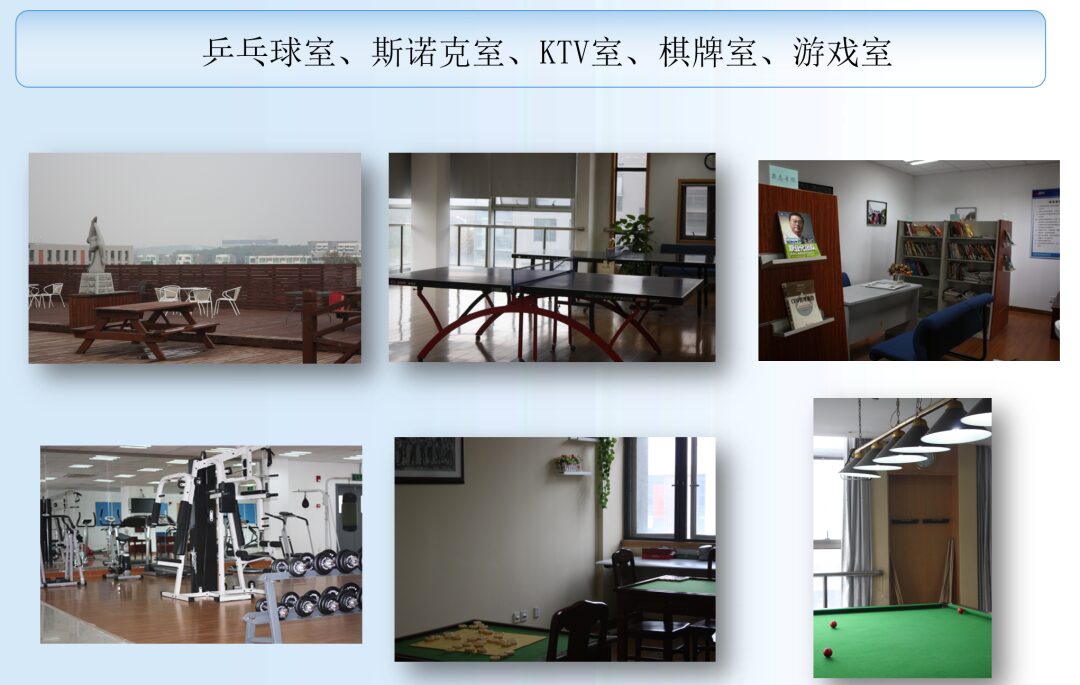
Often organizes trips, gatherings,
and every year before National Day, there is a barbecue and wine party,
where we do nothing but eat!
The most anticipated event is the annual year-end party.
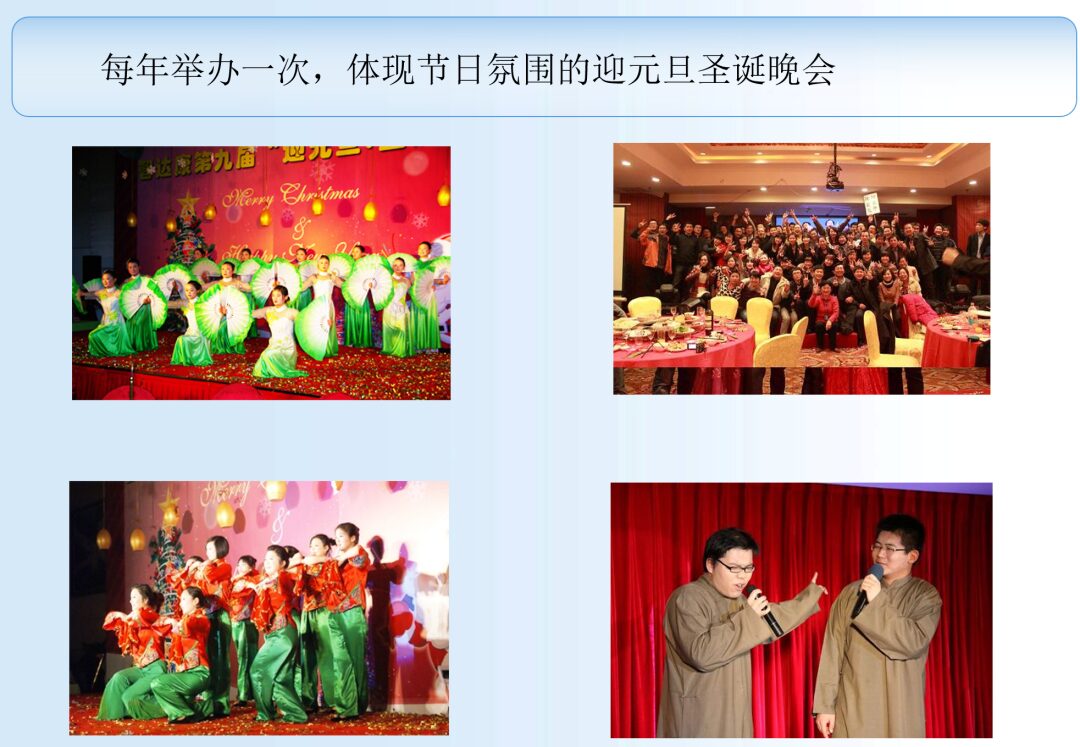
“
The guy in the lower right corner is me! I had a lot of hair back then!
”
Colleagues who left ZDC almost have zero negative reviews!
We sometimes jokingly refer to ZDC as Pig Large Intestine.
4. Two Small Stories
1) Researching TDMA with Manager Ma
Previously at ZTE, I had developed network protocols based on the vxWorks platform,
while ZDC’s products were primarily developed based on openwrt.
Although both vxWorks and Linux belong to embedded OS,
they represent two different software design philosophies!
One thing I remember particularly well is that Manager Ma (Ma Shufeng) developed a functional module for TDMA,
and received recognition from the company!
Just hearing the name indicates the module’s difficulty level,
and I asked Engineer Ma with immense admiration,
“How did you manage to create such a difficult function all by yourself?”
I vaguely remember him moving his hands away from the keyboard,
interlocking his fingers behind his head, reclining in his chair and telling me a profound statement,
“Many things seem difficult, but in reality, they might not be as hard as you think!”
Wow!
What a perspective!
Great people are indeed great!
I was completely in awe!
“I downloaded the code from the Berkeley website, compiled it, and that was it.”
So what is the principle behind this module?
“How would I know!”
So that’s how it is!
Old lady, I won’t argue with you!
2) How Fast Can You Develop a Module on Linux?!
When I was at ZTE, I followed my mentor to develop a PPPoE client,
which took nearly a year of development and testing.
Later, when porting the PPPoE module to Linux,
it surprisingly only took one day to complete,
half a day for porting and compiling, and half a day for testing.
3. Open Source, Free Software
This might be the charm of open source,
allowing you not to reinvent the wheel,
and not having to worry about any copyright issues!
Linux follows the GPL protocol,
and projects developed based on Linux,
you will never infringe on any company’s intellectual property rights.
Similarly, if other companies or individuals use your code,
they will never face infringement issues either!
“
The openwrt used in wireless routers was also open-sourced by Cisco out of necessity,
”
Regarding the GPL protocol, you can read the following article:
“The Past and Present of GPL”
Open source!
Free!
Everything is a document!
It refreshed my understanding of software!
Appreciating the breathtaking kernel code written by many masters,
my spirit seems to have been elevated!
Every function is a piece of artistic treasure!
It’s hard to imagine how Linus led hundreds of thousands of people worldwide to develop Linux simultaneously!?

When I stayed up late and understood a submodule,
it felt like having a soulful exchange with the author!
Missing any detail,
is a desecration of the master!
-
During my time at ZTE:
Although I also developed many software modules,
they were relatively concentrated in one area, having depth but lacking breadth,
like a screw.
-
While at ZDC:
Because we developed based on Linux,
we needed to touch many software protocols,
although I didn’t delve deeply into each one,
it greatly expanded the breadth of my knowledge!
Many previously vague knowledge points began to clear up.
This experience allowed me to accumulate a lot of foundational knowledge,
and gather a wealth of cases and materials.
During that time, I often browsed CSDN,
and shared some articles and resources,
only to regret that in 2012, my CSDN account password was leaked on a large scale, and I couldn’t retrieve it.
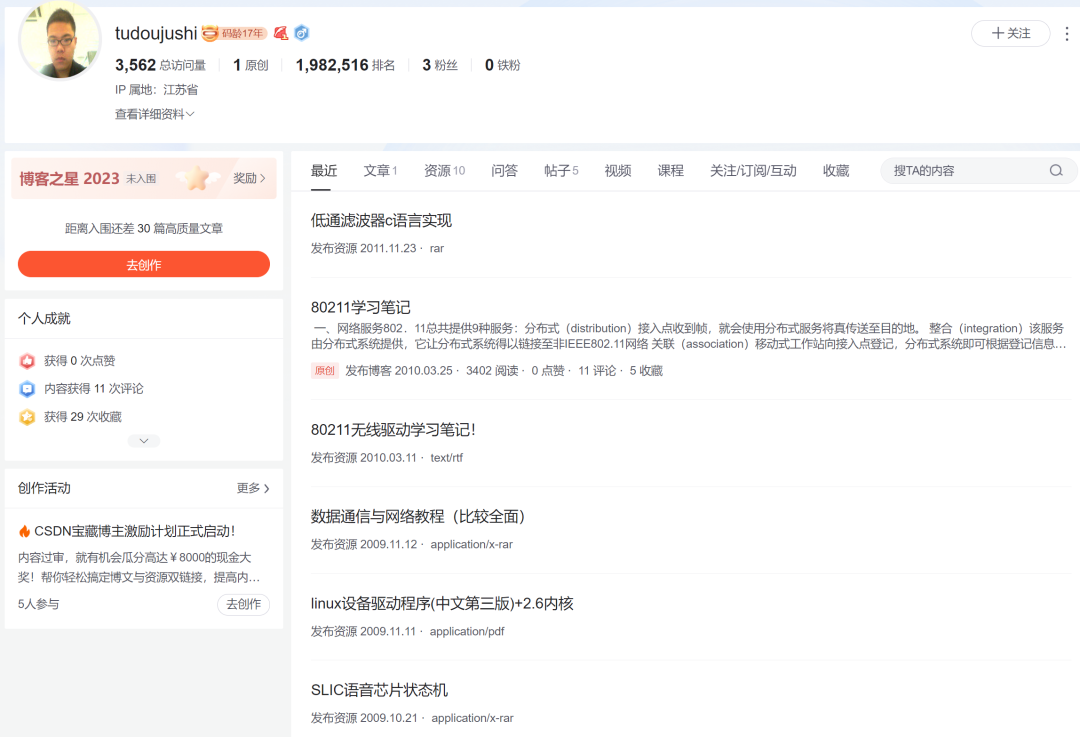
4. Knowledge Structure from Quantitative Change to Qualitative Change!
My understanding of embedded systems truly transitioned from quantitative to qualitative change,
after engaging in training work!
During those years of training,
I sorted through C language, data structures, Linux system programming, networking, operating systems, ARM assembly, drivers, IoT and many other knowledge areas,
having taught many students in each course,
and also designed many software projects based on these contents!
When I truly sorted out this knowledge system,
the differences and connections between the products developed on different platforms and the software modules I had created,
as well as their positions in the entire software ecosystem,
my understanding of them reached an unprecedented height.
This might be what the Buddhists call: enlightenment!

It is these years of accumulation,
that ultimately led to the writing of my first book “Learning ARM from Scratch”,
this book integrates a lot of hard work,
and much of the knowledge is the accumulation of many years of R&D,
the gathering of insights little by little.
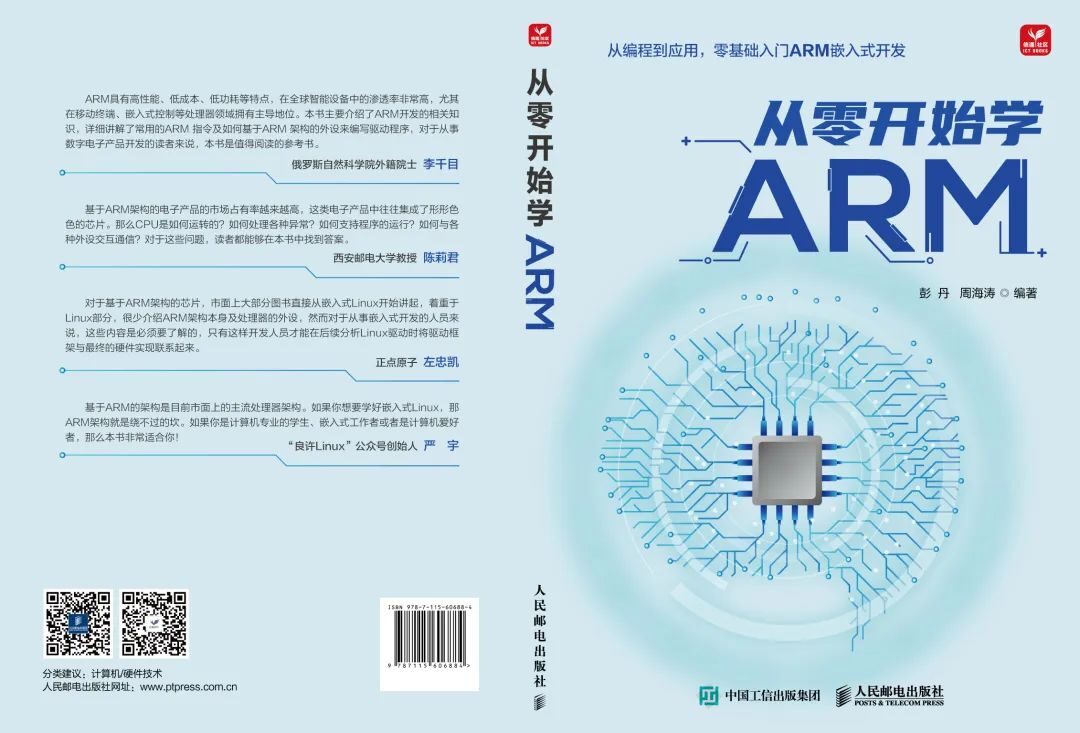
5. How to Become an Excellent Embedded Development Engineer?
As I have journeyed along,
my experience in becoming an excellent embedded development engineer is:
Breadth + Depth!
Every software development direction has a vast sea of knowledge to learn and master,
and many fans and friends, due to insufficient knowledge reserves,
and an unstable technical system,
although they delve deeply into their focused area,
there are too many knowledge points around that are ambiguous and unclear,
leading to anxiety and restlessness,
drifting until the age of 35,
at an age when one should be independent and become an expert in a certain field,
yet their technical abilities are at the same level as a fresh graduate with three to four years of experience,
and at this point, due to family ties,
they cannot stay up late or work overtime,
which inevitably leads to a career crisis at 35!
Therefore:
Organize the knowledge system required in your field, form a learning roadmap,
and formulate a learning plan for the next 1-5 years,
and strictly implement it,
and you will surely reap great rewards in the future!
Most people’s lives are largely determined by what they did three years ago!
6. About Big and Small Companies
When I just graduated, most students were quite confused,
and casually found a company to work for,
some entered large factories, while others joined small startups,
regardless of the company size,
each has its own advantages, but also its own problems,
whether you are in a big company or a small one,
do not be complacent or give up on yourself,
you can learn a lot in any company!
In a small company, try to expand your breadth of knowledge, learn to deal with testing, hardware, and market interactions,
learn how the boss navigates various situations,
how to persuade employees, how to paint big pictures,
how to cope with various departmental inquiries,
and how to deal with competitors’ slander, poaching, and malicious competition,
because these opportunities are more frequent in small companies;
in a big company, learn its management, learn the R&D processes of large companies,
learn how to report work,
how to complicate simple work reports,
learn how to delegate large projects to others,
learn how to reap the benefits of others’ efforts,
and learn how to leverage the power of the platform to realize your value,
interpersonal relationships are paramount in big companies.
We should be like sponges,
absorbing all the nutrients we can: technology, management, marketing, finance;
one day, you will find that the grievances you once endured and the pressures you bore,
will make you more mature, confident,
and stronger!
In small companies, look at the boss’s vision! In big companies, look at the industry and platform.
7. In Conclusion
Technology is merely a stepping stone for most of us,
we should respect technology,
but not idolize it,
in the face of capital, technology might just be a small variable,
and perhaps a big shot’s impulsive decision or a policy’s introduction can render your years of effort futile.
Unless a certain technology is indispensable to you!
Break through your own cognition,
step out of your comfort zone,
and keep pace with the times, this is an eternal topic!
This article is sourced from the internet, freely conveying knowledge, and the copyright belongs to the original author. If there are any copyright issues, please contact me for deletion.
Recommended Previous Articles
“Complete Guide to Embedded Linux Drivers”